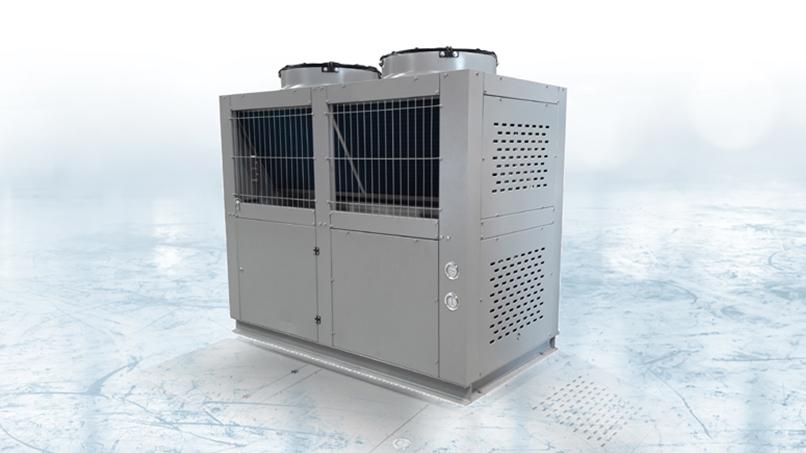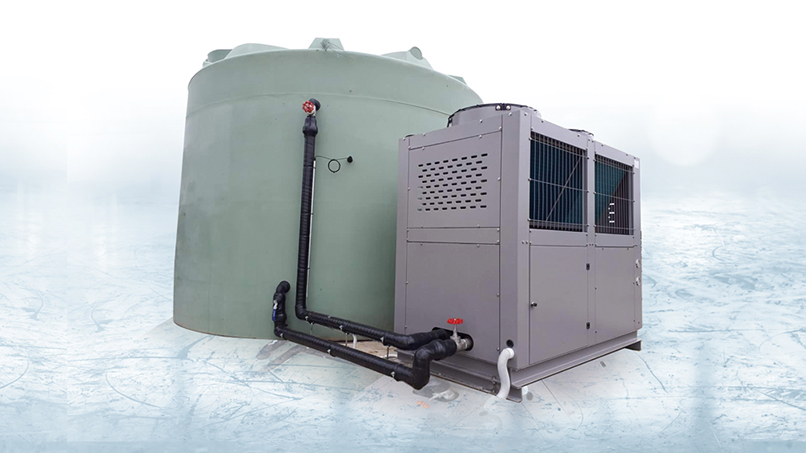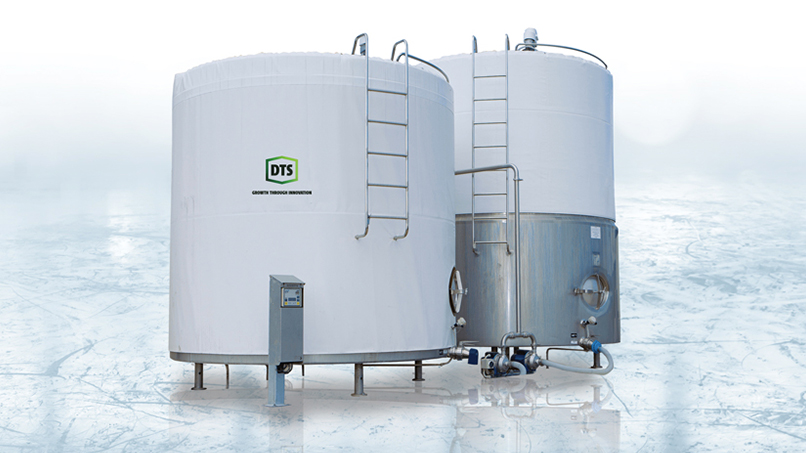FEATURES AND BENEFITS
- Ice is built up between milkings reducing your peak power load during milking
- Because ice is built up overnight, you may be able to take advantage of off-peak power rates
- Single and three-phase power supply options are available
- Optional heat recovery
- Several ice bank options are available to suit your needs
- Compact system
- DTS will supply, deliver, install and commission your system anywhere across New Zealand
THE ICE BANK COOLING PROCESS
- Ice Production: During off-peak hours when energy costs are lower or when the demand for cooling is lower, the refrigeration system generates excess cooling capacity by freezing water to form ice. This is typically done in insulated containers or tanks.
- Peak Demand Cooling: When the refrigeration system encounters peak demand or high-energy cost periods, instead of running the compressor at full capacity to meet the cooling demand directly, the system circulates a heat transfer fluid through the ice bank.
- Cooling Release: As the heat transfer fluid circulates through the ice bank, it absorbs the cooling energy stored in the ice, causing the ice to melt. This process effectively "charges" the heat transfer fluid with cooling capacity.
- Cooling Distribution: The heated heat transfer fluid is then used to cool the desired space or equipment. It absorbs heat from the surroundings, causing the fluid to cool down and the ice bank to further melt.
- Recharging: During off-peak hours or when the demand for cooling decreases, the refrigeration system goes back to producing ice, recharging the ice bank for the next cycle.






